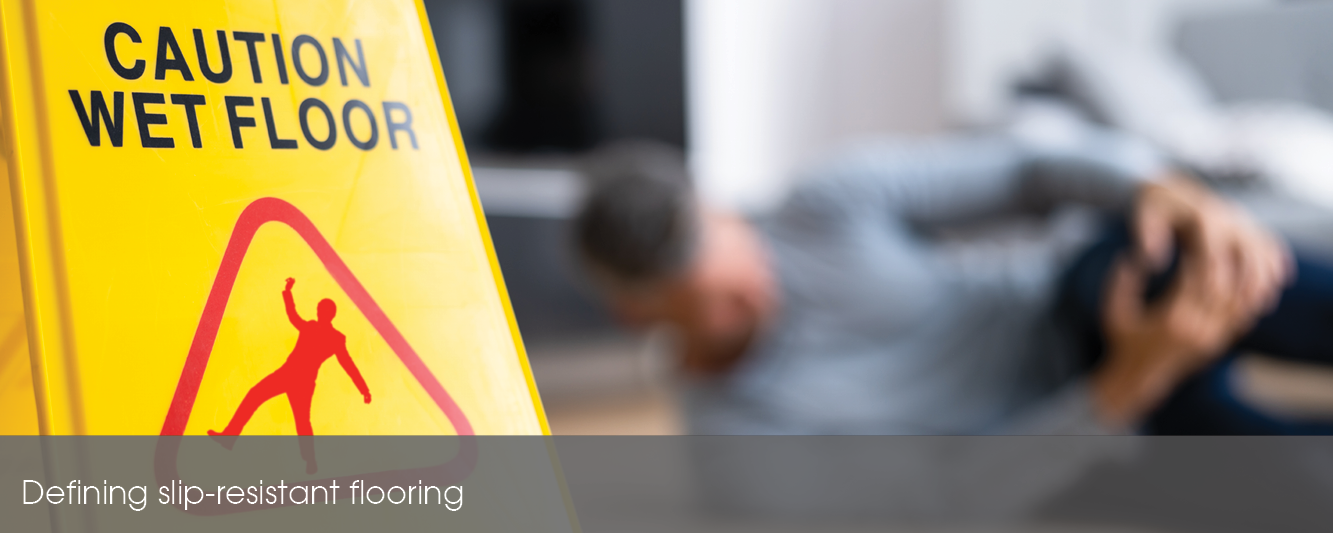
Can't see the region you're looking for? You can find a list of our global locations here

There are many standards and guidelines throughout the world that call for slip resistant flooring. But what exactly does that mean? How do you quantify what flooring is slip resistant and what is not? This can be a rather complicated topic.
When looking at the different standards in North America, we are not given solid definitive guidelines on this. The different legislative authorities on this all have different interpretations of what slip resistance means, some of these include.
OSHA - We often hear the question, “What does OSHA require for floor slip resistance?” The answer is that OSHA doesn’t require anything, but nevertheless has caused a lot of confusion on this subject. There has never been an official OSHA slip test or safety standard for flooring. In a non-mandatory appendix to a proposed rule in 1990, OSHA quoted a study from the University of Michigan that suggested that the .5-.6 SCOF would be a reasonable measure but it was never intended as a standard. And then to confuse things further, The 0.5 -0.6 SCOF OSHA statement was quoted by the ADA Accessibility Guidelines (ADAAG) of the Department of Justice Access Board.
ADA – At that point, that ADA went on to state that in order to be deemed “slip resistant”, flooring must have a static coefficient of friction of 0.6 on level surfaces and 0.8 for ramps. These numbers have now been removed from the ADA guidelines so unless there is something specific in the local building code on this topic, it is really up to the specifier and the owner to determine the correct level of slip resistance for the space.
CCOHS – states that to prevent falls, use appropriate non-slip flooring material
CSA Z8000 – states flooring for many areas in a healthcare facility like washrooms, ORs, Emergency rooms, kitchens, MDRD and Environmental service rooms, shall be slip-resistant in both dry and wet conditions, durable, resilient and impervious to oil and grease. Yet they do go on to also quote the .5 #
They also go on to specify that ADL apartments require “ wet areas with barefoot traffic (e.g., showers or tubroom), slip-resistant flooring shall be used, suitable to the application and use for shoed and barefoot traffic.
FGI Guidelines – the US healthcare guidelines are very similar that they require appropriate slip resistant flooring for all ramps, entries, bathing areas, kitchens and other areas such as mentioned with CSA.
The bottom line is there is no definitive end all be all measurement or metric that clearly defines what a "slip-resistant floor is" and with the various products, test methods and the liability and litigation there wont likely be one.